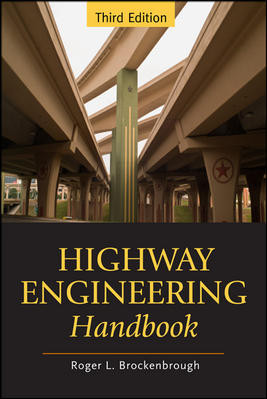Rural Projects Score in New TIGER Grants Round

Highway project in Nogales, Ariz., is one of three to win maximum $25-million grant.
PHOTO COURTESY OF ARIZONA DEPT. OF TRANSPORTATION

Ariz. project includes flyovers to separate truck traffic from other vehicles.
RENDERING COURTESY OF ARIZONA DEPT. OF TRANSPORTATION


In the first round of Transportation Investment Generating Economic Recovery (TIGER) grant awards under the Trump administration, the Dept. of Transportation has put a major emphasis on rural projects, awarding such proposals more than 60% of the $487.1 million total it distributed.
President Trump wants to see TIGER come to an end and has called for zeroing out its funds in fiscal year 2018. But the program is popular among state and local officials and has prominent Capitol Hill advocates, particularly in the Senate.
Industry officials say that when a 2018 omnibus spending bill emerges later in March, Congress is likely to reject Trump’s proposal to eliminate TIGER.
In releasing the complete list of the new TIGER winners on March 9, DOT said that more than 64% of the dollars in the new round went to rural projects. That’s far beyond the minimum 20% rural allocation that Congress set.
Moving to the Country
By ENR’s count, the 41 winning applicants include 27 rural projects and one rural-urban project: railroad bridge repairs in Fort Smith, Ark. Jeff Davis, a senior fellow at the Eno Center for Transportation, says the 64% mark is the highest share for rural projects since TIGER was launched in 2009.
The rural shift isn’t a surprise. Trump’s infrastructure investment plan also has $50 billion for rural projects, notes Brian Deery, senior director of the Associated General Contractors of America highway and transportation division. He says, “I think that this [TIGER round] is a recognition that in addressing infrastructure issues, it’s not just the really big projects, it’s projects in lots of states in lots of areas.” Deery also says, “Clearly there are a lot of red districts in rural areas.”
Davis calculates that highway projects account for 77% of the new TIGER round’s total dollars. Maritime was next, with 9%, followed by freight rail at 7%, transit with 4% and passenger rail at 3%.
Assuming TIGER continues, the American Public Transportation Association wants transit projects to get more of its dollars in future rounds than they did this time, said CEO Paul P. Skoutelas. He noted that transit proposals won more than 20% of the awards in the previous three years’ TIGER competitions.
In the new TIGER round, three highway projects each received $25 million, the maximum set by Congress. They are: a $134-million plan, including flyovers, to separate trucks from other traffic on State Route 189 in Nogales, Ariz.; the $288-million Lincoln, Neb., South Beltway; and a $80-million,1.6-mile section of Northstar Boulevard in northern Virginia’s Loudoun County.
Tough Competition
Demand among states and localities for TIGER grants continues to far outpace DOT’s supply. The latest round of the program—the ninth since it was established in 2009—drew about 450 applications, according to DOT Secretary Elaine Chao.
The program has prominent fans on Capitol Hill, including Sen. Susan Collins (R-Maine), who chairs the Senate appropriations subcommittee that oversees DOT’s budget. The committee approved $550 million for the program in 2018 and said it “continues to believe that the … program is integral to the economic success of communities throughout the country.” But the House Appropriations Committee provided no money for TIGER in its version of the 2018 DOT spending bill.
In past years, the House sought cuts or no funds for TIGER, but the program survived. An industry source is optimistic that the final 2018 omnibus will have at least $500 million for TIGER. “The House knows that this is a popular Senate program,” the source adds, “and uses this as an opportunity to leverage and get something from the Senate that they want.”
TIGER dollars typically are only one part of a project’s financing and are combined with state and local funds and other sources. Deery says the TIGER money “has gone to projects that are a little more complicated to fund, because they are multi-modal.”




